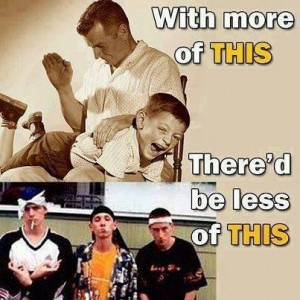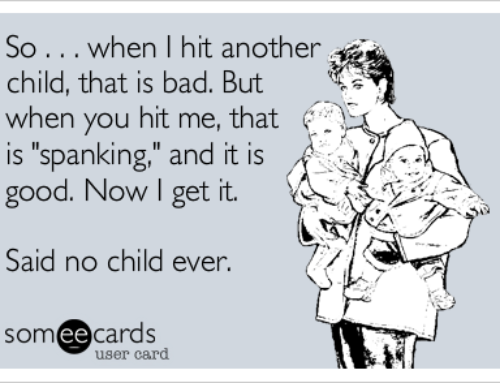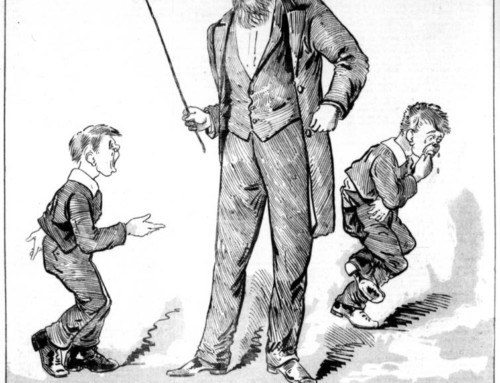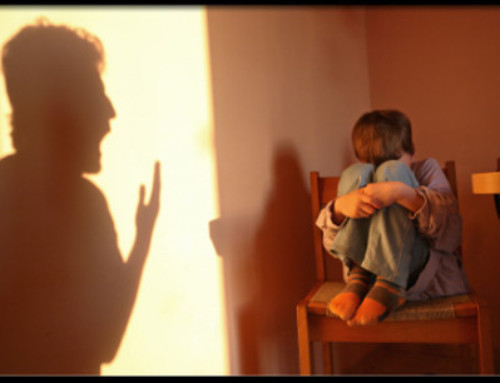This image has been making the rounds lately.
Oh, really?
I call bullshit.
You see, when it comes to parenting, the predictors of violence and gang behaviour in youth are:
Corporeal punishment
Neglect
Child abuse/Severe punishment
(For reviews see Some of you will think that SPANKING = CHILD ABUSE Therefore SPANKING = CHILD ABUSE → HIGHER RISK FOR GANG VIOLENCE But the research doesn’t utilize that description. HOWEVER… The research does say that SPANKING → SEVEN TIMES THE RISK FOR CHILD ABUSE & TWO AND A HALF TIMES THE RISK OF SUFFERING ABUSE-RELATED INJURIES THAT REQUIRE MEDICAL ATTENTION[3][4] Therefore SPANKING → HIGHER RISK FOR CHILD ABUSE → HIGHER RISK FOR GANG VIOLENCE (For a review, see [5]) [In the full spirit of honesty, there is a caveat in that children from Conservative Christian homes do not show the same detrimental effects from spanking. However, if you are trying to suggest that all gang violence is due to children from Conservative Christian parents who happened not to spank, give me a call. I have this bridge I’m looking to sell and I think you might be interested.]
SO… If this image makes you think that you need to spank your child to prevent them from becoming violent and delinquent later, stop. Seriously, STOP. Not only will you NOT accomplish this, but you will actually increase the risk of the very thing you are trying to prevent. Feel free to share this wherever you see this image. Children should not be forced to live with violence because their parents are ignorant of the facts. [1] Chisholm JF. Violent youth: reflections on contemporary child-rearing practices in the United States as an antecedent cause. In Eds. LL Adler & FL Denmark, Violence and the Prevention of Violence. Westport, CT: Praeger Publishers (1995). [2] Haapasalo J, Pokela E. Child-rearing and child abuse antecedents of criminality. Aggression and Violent Behavior 1999; 4: 107-127. [3] Clément ME, Bouchard C, Jetté M. La violence dans la vie des enfants du Québec. Québec (QC): Institut de la statistique Québec; 2000. [4] Crandall M, Chiu B, Sheenan K. Injury in the first year of life: risk factors and solutions for high-risk families. Journal of Surgical Research 2006; 133: 7-10.







Thanks for this. I got into a discussion over this image not that long ago. Sharing now!
Rather than saying spanking > increased risk of child abuse > increased risk of gang violence, can’t you say spanking = corporeal punishment > increased risk of gang violence? How is corporeal being defined? To me it just means physical. (I tried to check the refs but the book is truncated on google books and the Haapasalo paper is behind a paywall.)
Elle – there are specific studies looking at spanking only. If you see the other spanking post I did, you can see the refs there (though you may not be able to access full versions without paying – sadly).
I’m very happy not to have seen that image on my Facebook wall, but I will certainly be sharing your post if I do.
But to be fair the point to the meme is to harken back to a time when *everyone* spanked (or at least the majority). The negative effects of spanking you are concerned about happen because it has become rare and unusual, they did not exist in the 1950’s (when the photo is meant to look like it’s from) when it was common. Back then kids who were not spanked or switched were in the minority, even at times embarrassed (watch/read some old ‘Kids Say The Darndest Things’ for an example of that. He commonly asked ‘who does the spanking in your house’ and you should see the rare kid duck there head and kick their feet and mumble that their parents don’t spank).
As a definate advocate of physical punishment it’s not the concept that any one parent might make the choice to return to old, tried-and-true methods of punishment, which might in fact prove awkward and socially distancing for a singlual child, but rather that society as a whole will eventually wake up and return to such. Gang violence, juvenille crime, and delequency were all much lower back then. Is a return to physical discipline *the* fix? No. But for many it is a necessary peice to the puzzle of how to shrink juvenile issues instead of grow them. What many of us can’t understand is how the liberals of today can look at a period with a higher rate of literacy, intact families, lower rate of divorce, unwed parenthood, teen pregnancy, poverty, gang violence, and violent crimes and think a basic standard of raising a child is somehow abusive and inferior to todays basic standard of raising a child.
I think your comment made a lot of sense. Hadn’t thought of it like that before.
Kids raised during the 50’s, which is the style of the top photo, were in their 20’s in the 70’s when all kinds of violent crime soar to new found heights, so I don’t think that argument holds any water at all.
http://leftcall.com/4557/u-s-crime-rates-1960-2010-the-facts-might-surprise-you/
A better argument would be that 9 out of 10 parents still claim they spank their children. So at 90% spanking rate and crime ever-increasing, this poster simply doesn’t make sense.
I cringe when parents say things like oh he got a spanning this weekend . As a teacher/daycare provider. Kids spend a lot of time with me and I don’t hit them to get them to behave … So it can be done .
I grew up in a conservative Christian home and was spanked, though I think I was probably spanked no more than three times in my entire childhood. While I disagree with spanking, I always felt like it could be ok since I feel like I turned out all right. Recently, though, I’ve been reconsidering that viewpoint. I am mindful that I tend to equate discipline with hitting and challenge myself to come up with alternatives. I wish I saw discipline differently. I wish that hitting as discipline was not ingrained in me but that the alternative came naturally instead. Perhaps if that was true for all of us societally, we would not see violence as a solution.
On another note. I believe spanking is done to achieve obedience, not positive behavior. My goal is to raise a thoughtful, kind human being. Obedience creates conformity, not necessarily character. So maybe those Christian kids who were spanked are now law abiding citizens but are they good, kind citizens? There are more important characteristics than just not being a criminal.
Where does it say this? “there is a caveat in that children from Conservative Christian homes do not show the same detrimental effects from spanking.” That’s not what I’ve found at all. So far, all research is pointing to negative effects from spanking (no matter what religion).
Ellison CG, Musick MA, Holden GW. Does conservative Protestanism moderate the association between corporal punishment and child outcomes? Journal of Marriage and Family 2011; 73: 946-961.
And there is other research that Dr. Maayan Davidov has covered that shows the more “normal” the behaviour, the less likely it is to have a negative effect (though, it has NO positive effects).